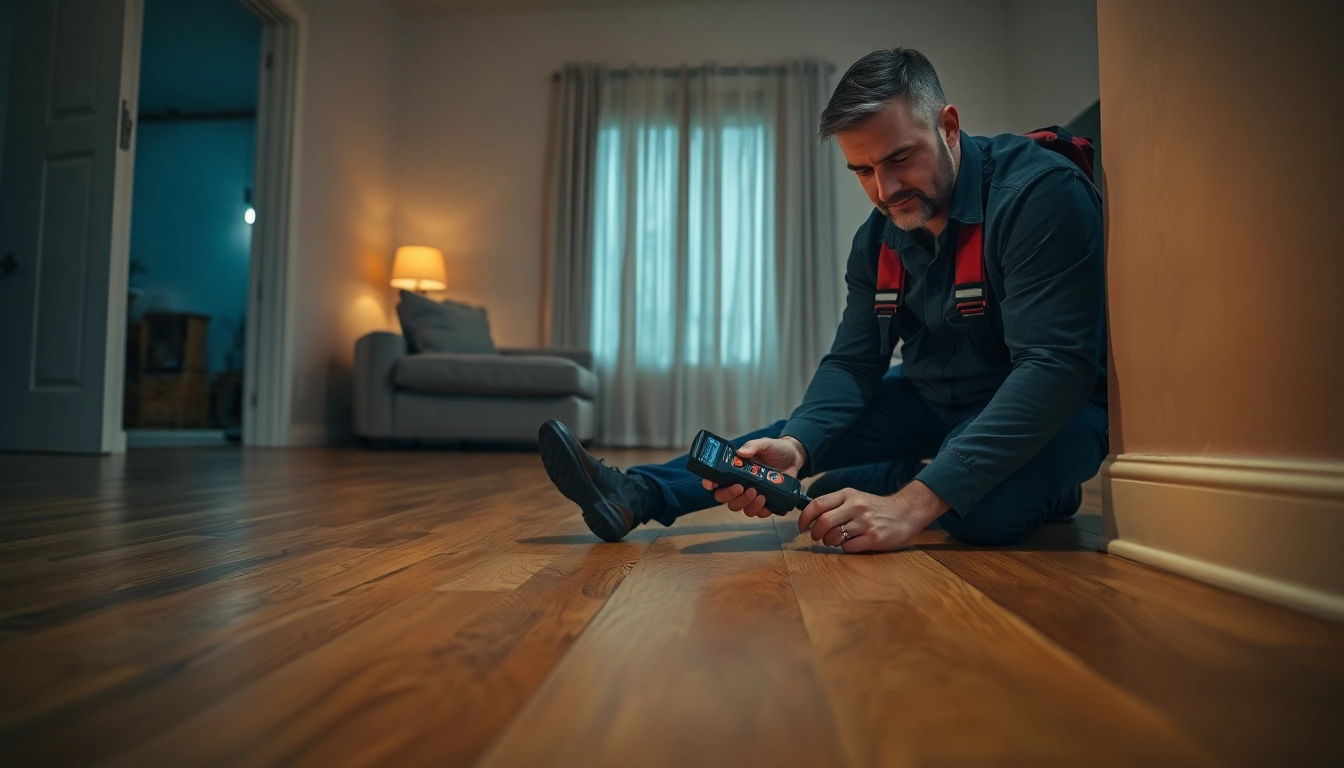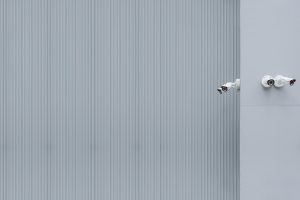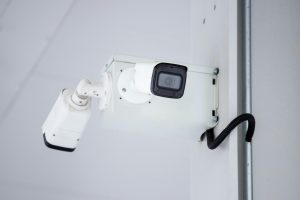Expert Underfloor Leak Detection: 7 Key Steps to Safeguard Your Home

Understanding Underfloor Leak Detection Techniques
What is Underfloor Leak Detection?
Underfloor leak detection is a specialized process aimed at identifying leaks that occur beneath floors, often affecting plumbing systems or underfloor heating. Understanding the intricacies of this process is crucial for homeowners and property managers, as undetected leaks can lead to significant water damage, mold growth, and structural issues. Advanced tools and methods are applied during this detection process to precisely locate the source of water leaks without the need for invasive procedures.
The practice utilizes a blend of traditional techniques and modern technology, offering effective solutions to preserve the integrity of buildings. For detailed information on methodologies, one can explore Underfloor Leak Detection.
Common Causes of Underfloor Leaks
Understanding the common causes of underfloor leaks is fundamental in preventing them. Some prevalent issues include:
- Corroded Pipes: Over time, metal pipes can rust and corrode, leading to leaks.
- Joint Failures: The joints connecting pipes may deteriorate, causing water to escape.
- High Water Pressure: Excessively high pressure can lead to stress on plumbing fixtures and pipelines.
- Temperature Changes: Expansion and contraction due to temperature changes can weaken pipes and seals.
- Ground Movement: Shifts in the foundation can create stress on underground pipes.
Importance of Timely Detection
The importance of timely detection in underfloor leak detection cannot be overstated. Early identification of leaks can prevent large-scale damage, mold growth, and costly repairs. Here are key reasons why homeowners should prioritize timely detection:
- Prevention of Water Damage: Swift action can mitigate water damage to flooring and foundations.
- Health Risks: Mold and mildew thrive in damp environments, presenting health risks to residents.
- Cost-Effectiveness: Early leak detection typically results in lower repair costs.
- Preservation of Property Value: Maintaining your property’s integrity helps retain its value.
Tools and Equipment for Effective Underfloor Leak Detection
Essential Tools for Homeowners
Homeowners can equip themselves with several essential tools for underfloor leak detection. These tools can assist in identifying leaks early on before they exacerbate:
- Moisture Meters: These devices can detect moisture levels in the flooring, indicating potential leaks.
- Infrared Thermal Cameras: They detect temperature variations on surfaces, which can indicate hidden leaks.
- Sound Detection Equipment: These tools can listen for the sound of running water in unexpected locations.
- Pressure Test Kits: These can help identify drops in pressure in a plumbing system, signaling a leak.
Advanced Technologies Used by Professionals
For more accurate and efficient leak detection, professionals often utilize advanced technologies:
- Ground Penetrating Radar (GPR): This technology uses radar pulses to image the subsurface, effectively locating pipes and leaks.
- Acoustic Listening Devices: These devices amplify the sound of leaks, allowing professionals to pinpoint their exact location.
- Thermal Imaging: Advanced thermal imaging cameras can visualize temperature differences caused by leaking water.
- Trace Gas Detection: This method uses a non-toxic gas that is introduced into the plumbing system, making leaks detectable.
Cost-Effective DIY Options
For budget-conscious homeowners, several cost-effective DIY options can assist in leak detection:
- Visual Inspections: Regularly inspect visible pipes and fixtures for signs of leaking or corrosion.
- Water Meter Monitoring: Check your water meter for unusual increases in water usage, which may indicate a leak.
- Soap Solution Test: Apply soapy water to joints and connections; bubbles indicate escaping air from a leak.
Signs of Underfloor Leaks You Shouldn’t Ignore
Visual Symptoms of Leak Damage
Several visual indicators can suggest an underfloor leak. Homeowners should be vigilant for:
- Water Stains: Dark patches or discoloration on the floor or walls can indicate prolonged exposure to water.
- Warped Flooring: Buckled or raised floorboards may be a direct result of water damage.
- Mold Growth: The presence of mold in corners or damp areas is a clear sign of moisture accumulation.
Auditory Indicators of a Leak
Sounds can also signal the presence of underfloor leaks. Pay attention to:
- Faint Running Water Sounds: Unexplained sounds of running water could indicate a leak behind walls or under floors.
- Dripping Noises: Listening for dripping sounds can help identify the location of leaks.
Environmental Changes in Your Home
Environmental changes within your home can hint at underlying leaks. Watch for:
- Musty Odors: Persistent damp smells can indicate mold growth due to moisture from leaks.
- Temperature Fluctuations: Unexplained changes in room temperature may occur due to wet insulation.
- Hairline Cracks: Cracks in walls or floors can develop from the shifting caused by water damage.
Best Practices for Conducting Underfloor Leak Detection
Step-by-Step Guide to Locating Leaks
Conducting effective underfloor leak detection involves a systematic approach:
- Identify the Area: Start by determining the areas where water accumulation is suspected.
- Gather Tools: Assemble necessary tools, such as moisture meters or thermal imaging devices.
- Conduct a Visual Inspection: Look for visible signs of leaks, including water stains and mold.
- Monitor the Water Meter: A sudden increase in water usage can indicate leaks.
- Use Detection Equipment: Employ appropriate devices to pinpoint any leaks discovered.
Safety Measures During Detection
When conducting underfloor leak detection, safety is paramount. Here are essential safety precautions to consider:
- Electrical Safety: Ensure power to the area is turned off, especially when moisture is present.
- Protective Gear: Use gloves and masks if toxins or mold are suspected.
- Ventilation: Keep the area well-ventilated if using any electronic equipment or chemicals.
When to Call in the Experts
While many leak detection methods can be undertaken by homeowners, there are scenarios when professional intervention is necessary:
- Complex Systems: If leaks stem from complex plumbing systems or hydronic heating, professional help is vital.
- Health Risks: If mold is pervasive, mitigation requires expert knowledge and equipment.
- Persistent Problems: Continuous leak issues indicate underlying problems that should be addressed by a specialist.
Preventive Measures Against Underfloor Leaks
Regular Maintenance Tips
Routine maintenance plays a crucial role in preventing underfloor leaks. Here are effective practices:
- Regular Inspections: Schedule inspections of plumbing and heating systems at least once a year.
- Monitor Water Pressure: Use water pressure gauges to ensure pressure remains within safe levels.
- Seal Joints and Connections: Regularly inspect and seal areas where water pipes connect.
Upgrading Your Home’s Plumbing System
Considering plumbing upgrades can vastly improve your home’s resistance to leaks:
- Use Durable Materials: Invest in high-quality, corrosion-resistant materials for plumbing installations.
- Install Pressure Regulators: These devices help to maintain safe water pressure levels.
- Employ Flexible Pipe Systems: Flexible piping can withstand shifting and settling, reducing the risk of leaks.
Investing in Leak Detection Technologies
Adopting advanced leak detection technologies offers an extra layer of protection for your home:
- Smart Home Integrations: Consider smart water detection systems that integrate with home automation.
- Continuous Monitoring Systems: These systems can alert homeowners to leaks immediately, allowing for rapid response.




